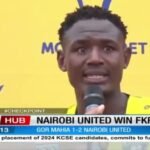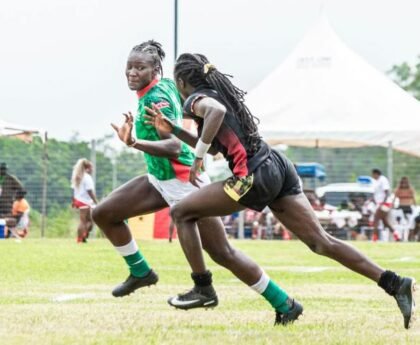After a year of turmoil, the Charlotte Hornets have the opportunity to make a decisive step forward. With lucrative draft capital available to spend and young talent in place, this offseason presents a real chance to start the next phase of the rebuild.
The choices made in the next few weeks will shape not only the 2025-2026 season but also the course of the team as a whole. Here is what is on the table and what the Hornets must consider as they formulate their next step.
Trade and Sign-and-Trade Possibilities
Hornets might be interested in speeding up the rebuilding process by seeking a certain amount of established talent in trades or by signing and trading. Myles Turner and Jonathan Kuminga are two names, at least, said to be on their radar. Turner would bring rim protection and shooting, whereas Kuminga would bring long-term upside along with athleticism.
A transaction on either player would probably come at the cost of Mark Williams and future picks. It is a big price, and it would make sense only when the front office feels that the team is on the brink of making progress.
Sign-and-trade options can also be used to acquire mid-tier veterans without cap room, though those work more manageably and must be constructed to fit the financial structure.
If Charlotte moves for established talent, it could raise short-term expectations and shift how oddsmakers and fans evaluate Hornets spread bets heading into the new season. The Hornets will have to remain patient and focused on development unless a noticeable open upgrade does not disrupt the youth movement.
Draft Options
The Hornets have three picks in the 2025 NBA Draft:
- Round 1, Pick 4
- Round 2, Pick 33
- Round 2, Pick 34 (acquired from NOP)
These draft picks give Charlotte options: who they take and how they can use the picks in trade negotiations.
Safe Pick or Big Swing?
Should they remain at No. 4, Duke guard Kon Knueppel is popularly projected as a good target. In his first year, the 6-7 player shot more than 40% outside the arc and 91% at the free-throw line. He has a reputation as a basketball genius and an effective off-ball mover. He can serve as a night-and-day shooter off LaMelo Ball and Brandon Miller in the perimeter-spacing role.
However, Knueppel is not an eye-candy pick. His athleticism is lacking at the top end of the scale, and questions are raised defensively. Some fans may find him a risk-free but dull choice for a team starting to make a name.
This is the reason why trade-down scenarios are in full play. Other teams, such as the Pelicans and Nets, are said to be interested in trading up, particularly to source out more upside draft prospects such as VJ Edgecombe or Ace Bailey. Possibly, the Pelicans would trade off a guard, Jose Alvarado, and a future first-rounder to get a shot at the No. 4 pick in one instance. Such a trade would add depth and flexibility to the roster and not cost the Hornets a complete walk away from the draft.
Sure, the trade-down would involve surrendering an outstanding talent. But it would help Charlotte balance between making the playoffs now and building up over time, particularly if they feel that Knueppel is no significant step forward.
Roster and Cap Situation
The Hornets are over the salary cap and can only use the mid-level exception, the bi-annual exception, and the minimum contracts in free agency. This implies that roster upgrades must be made via intelligent acquisitions, trades, or development.
A couple of them are players with non-guaranteed contracts, such as Josh Okogie and DaQuan Jeffries. Depending on what happens during the offseason, both could be waived to clear roster space.
Tre Mann is a limited free agent likely to stick around the team. He has shown potential as a backup guard, and his off-bench playmaking and scoring give him a decent chance of getting a new contract.
Seth Curry and Taj Gibson are also free agents who are veterans. Depending on whether the team desires a veteran presence in the locker room, Curry and maybe Gibson could be re-signed for shooting depth. Follow the Latest NBA News and Trends to stay updated on the Hornets’ roster situation.
What the Hornets Should Do
The Hornets need to make several unambiguous choices this offseason—and there is no simple answer to each. The front office has the resources, No. 4, first-rounders, early second-rounders, and some movable contracts to improve the roster. The problem is that they will either focus on long-term growth or attempt to accelerate the process by trading young players into more mature ones.
It is flexible, but there is pressure. Charlotte can neither afford a second reset nor rush into short-term actions that do not suit the larger profile. The next step need not be melodramatic, but it must be decisive.




